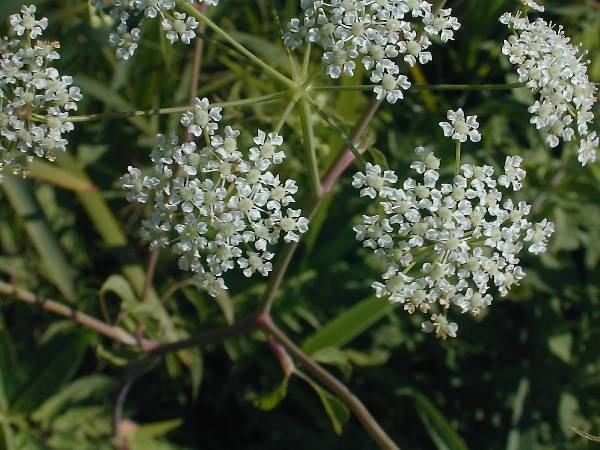In the serene realm of nature, where plants offer beauty, sustenance, and medicinal properties, there exist a few sinister members that harbor deadly secrets. While most plants coexist harmoniously with humans, some have evolved deadly defenses to protect themselves from threats. From the deep jungles to backyard gardens, these lethal flora can cause severe harm, and in some cases, even death. In this article, we delve into the world of plants that possess toxic properties capable of inflicting fatal consequences.
1.Oleander (Nerium oleander):
Oleander, an evergreen shrub with delicate flowers, hides a deadly secret. All parts of the plant, including its leaves, flowers, and stems, contain a potent cocktail of cardiac glycosides. Ingestion of even a small amount of this plant can lead to severe poisoning symptoms, including irregular heart rhythms, nausea, and even death. Sadly, this beautiful plant is responsible for several accidental poisonings, especially in children who mistake its colorful flowers for edible treats.
2.Castor Bean (Ricinus communis):
The castor bean plant, commonly found in tropical and subtropical regions, is notorious for its lethal seeds. These seeds contain ricin, a highly toxic protein that inhibits protein synthesis in cells. While castor oil, derived from the plant, is safe for consumption, the raw seeds can be deadly if ingested. Ricin poisoning can cause organ failure, seizures, and ultimately lead to death.
3.Angel's Trumpet (Brugmansia spp.):
Angel's Trumpet, an enchanting flowering plant known for its trumpet-shaped blossoms, contains potent alkaloids such as scopolamine, hyoscyamine, and atropine. All parts of the plant, particularly the flowers and leaves, possess these toxic compounds. Ingesting or even inhaling the pollen or fragrance of Angel's Trumpet can cause hallucinations, delirium, paralysis, and in severe cases, it can be fatal.
4.Deadly Nightshade (Atropa 
belladonna): Deadly Nightshade, also known as belladonna, is a highly toxic plant with a long history of medicinal and poisonous use. Its shiny black berries are particularly enticing but can be fatal if consumed. The plant contains alkaloids like atropine, scopolamine, and hyoscyamine, which can lead to an array of symptoms, including blurred vision, dry mouth, rapid heartbeat, and respiratory failure. Ingesting even a few berries can have severe consequences.
5.Water Hemlock (Cicuta spp.):
Water Hemlock is one of the most poisonous plants found in North America. All parts of the plant, especially the roots, contain cicutoxin, a highly toxic compound that affects the central nervous system. Ingesting this plant can cause violent seizures, tremors, respiratory failure, and death. Due to its resemblance to edible plants like parsley or parsnip, accidental ingestion of Water Hemlock has occurred, leading to tragic outcomes.
While the vast majority of plants offer beauty, sustenance, and therapeutic benefits, it's essential to be aware of the potentially lethal species that exist in our surroundings. Plants like Oleander, Castor Bean, Angel's Trumpet, Deadly Nightshade, and Water Hemlock possess toxic properties that can have severe consequences on human health. It is crucial to exercise caution, especially when dealing with unfamiliar plants or gardening in areas where these deadly species may be present. Remember, knowledge and awareness are our best defenses against the hidden dangers of the plant world.
 blogpay
blogpay
























